Howdy!
Halloween is in a few days. In the rush of getting all the costumes ready, buying candy, and carving the pumpkins it’s easy to forget to prepare your “parent-child relationship” for the night.
There are 4 quick but really important conversations to have BEFORE Halloween to insure smooth sailing for the evening for you and your little ghosties.
Say “goodbye” to power struggles about candy, bedtimes, and prepare your child to be “just the right amount of scared”.
The first 2 conversations are around helping kids deal with fear. There is a great story about this in Social Intelligence by Daniel Goleman (p. 184) where Goleman helps his granddaughter through a scary movie.
Goleman quotes Richard Davidson saying, “We can learn to be resilient by being exposed to a threat or stress at a level that allows us to manage it. If we are exposed to too little stress, nothing will be learned; too much and [a child’s] brain and body stay stuck in the fear-aroused mode… then what’s being [learned] is not resilience, but the failure to recover.”
1. Masks and costumes
We know from Social Intelligence, that kids learn how to deal with feeling scared from having practice at getting “just enough” scared and recovering. It helps children recover if they understand how masks and costumes “work” and know that regular people are behind them. These are techniques that we used in our classroom:
- Play with a creepy mask with your child. Show it to him. Talk about how people wear them, but they are the same person underneath. Put it on your face, and talk to your child the whole time in your normal speaking voice, “I’m going to put this mask on and you will see that I’m still just mommy. Here I go. Now I will take it off so you can see me. Here I’ll put it on again. Who am I? Yup, I’m still mommy.” Maybe your child wants to play with the mask too.
- Your child will take cues from you during trick-or-treating. If you see someone with a scary mask or costume, you can walk with confidence and say out loud, “I know it’s just a regular person underneath that mask.”
- It’s okay to announce to people with scary masks, “Small child coming through! Please take off your mask. She doesn’t want to be scared.”
- You can have a similar conversation about face paint and “practice” putting paint on your face and your child’s face in front of a mirror. Just use regular poster paint for this if you don’t have special face paints around the house.
2. Scary houses
Just like masks and costumes, kids may or may not be ready to go up to a house with creepy decorations, spooky lights or sound effects. Talk about what to do beforehand.
- Do you skip those houses?
- Does mom or dad announce, “Small child coming through! No scary stuff please!”?
- Practice beforehand making scary sounds at home. Your child can screech, hoot, cackle, scream, moan, say “boo”, or stomp all around the house with you, just like they do to make the Halloween recordings. Add drums and other noise makers if you like.
The second 2 conversations are about limit setting. Isn’t it nice when all potential power struggles are worked out beforehand and your family can just enjoy the evening together?
3. Candy
The second 2 conversations are about limit setting. Isn’t it nice when all potential power struggles are worked out beforehand and your family can just enjoy the evening together?
- Do you let your child eat as much as they want during the evening? Or is there a limit?
- How much candy can your child eat in the days after Halloween?
- Where will candy be stored?
- Are there any types of candy that you don’t want your child to have? Explain to them why not.
4. Bedtime
It’s natural for kids to want to stay up late, especially if there are friends to play with, more houses to visit, or people knocking on the door. If your child has a set bedtime, talk about it beforehand.
- Is your child’s bedtime on Halloween the same or different than on “regular nights”?
- If it’s the same, talk about your reasons why, so kids can understand and have realistic expectations.
- It it’s different, talk about how it is different and why you’ve chosen to let them stay up late. Make sure they understand that this is a “special occasion” and they will go back to their normal bedtime after Halloween.
- Be realistic of your expectations as a parent: It’s an exciting, over-stimulating night. Even if kids are in bed, they may not be able to fall asleep at their regular time. Be prepared for your children to take more time to calm and get ready for bed
Hope these 4 conversations create a happiness and harmony in your family for Halloween.
Boo!
Cecilia and Jason Hilkey

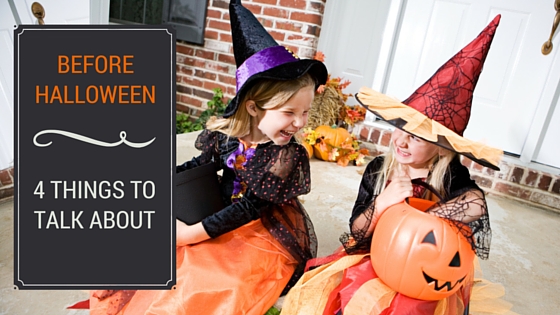
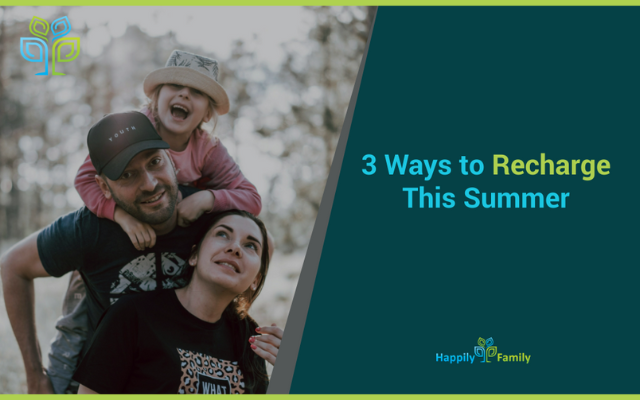
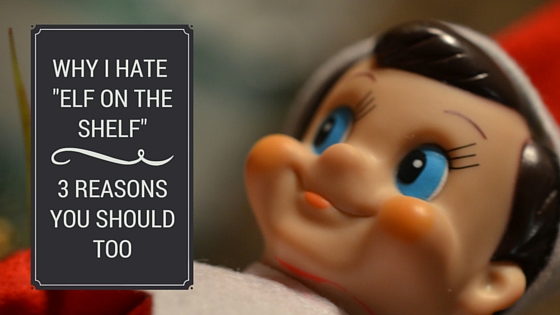
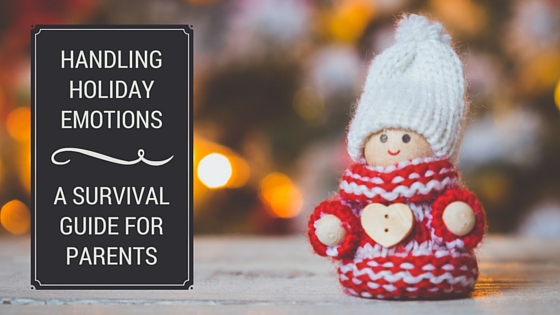

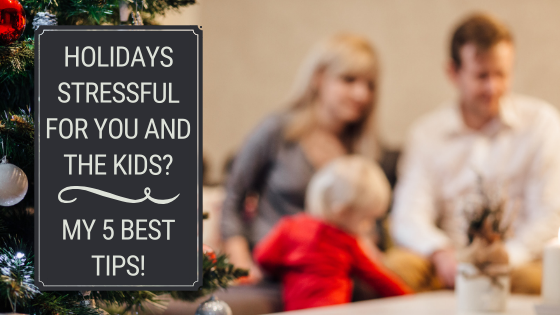

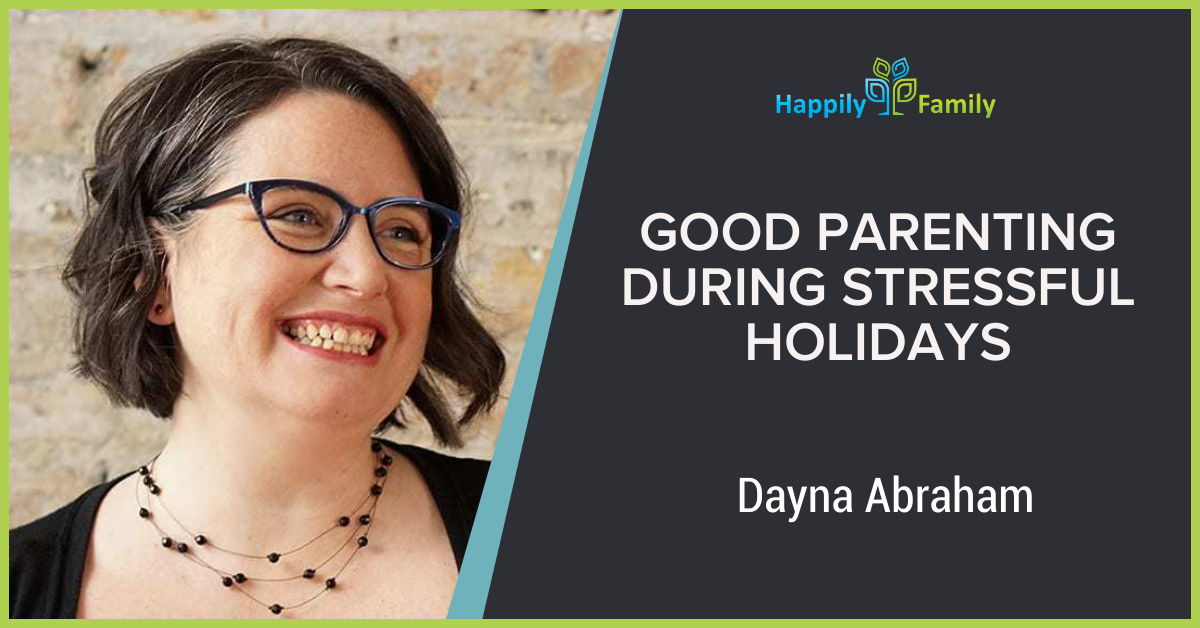

Great information and techniques for dealing with stress thresholds triggered by fear. It’s useful to know for adults as well as children. That’s one gift of Halloween – it’s the time for consciously playing with shadows that we otherwise consign to the margins of awareness.
Yes, Reba. I think that’s why I appreciate the traditions of “el dia de los muertos” for bringing light, reverence, and understanding around death, fear, loss, and ancestors in a family and community setting.